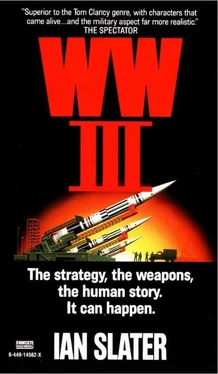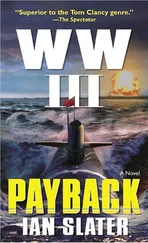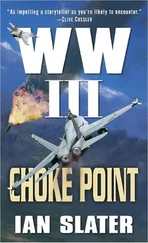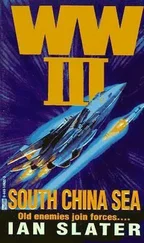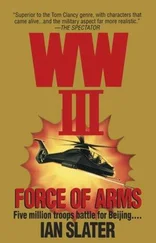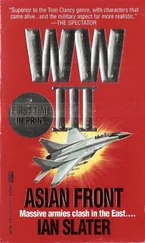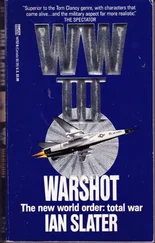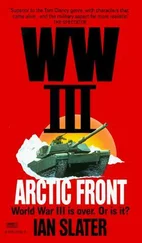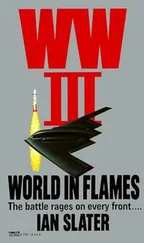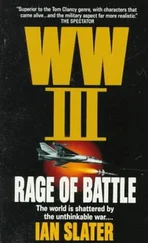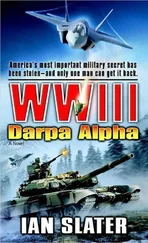* * *
In itself, the fact that the old Cold War rule of Soviet-Warsaw Pact armies forbade anyone under the rank of lieutenant to possess military maps did not seem particularly significant. While it was something that had astonished the Americans and British in the long-gone days when NATO had invited Soviet-Warsaw Pact officers to observe NATO maneuvers, it had not occurred to anyone that the antiquated rule, buried in the bureaucracy of the Soviet army, would have much significance. After all, even platoon officers didn’t require maps, their particular tasks, such as taking a farmhouse, a ditch, or a hill, “microrated,” in the jargon of the strategists and tactical warfare experts, a small piece in the vast jigsaw of war. Most combat troops, only 25 percent of any army doing the actual fighting, rarely knew or cared about the wider battles. All that mattered was for them to survive, to take the particular objective on any given day with minimum casualties, not knowing till it was over, sometimes for months, even years, what part they might have played in the overall scheme of things, whether they had won or lost or had merely come to a bloody draw.
But on this October day, while the USS SN/BN Roosevelt approached message station, and another Brentwood, half a world away, was running up the stairs of the granite and marble Mansudae Assembly Hall, now quickly having been reinforced by North Korean regulars and the “black-pajamaed” militia of Pyongyang, something decisive was about to happen on NATO’s central front.
In the southwestern corner of West Germany, a weary Margaret Ford, the young lieutenant of twenty-six, and her crew of three were about to launch another Lance missile with conventional warhead. Ford’s crew was one of twelve out of the original twenty-three that had been located for” shoot and scoot” counterbattery fire in the German Black Forest. A light shower had fallen, but now the sun was trying to come out as the rain clouds passed over the forest into France, and Margaret Ford, though she did not know it, was about to change the course of history.
An advance Soviet mobile observation post, a camouflage-painted, fourteen-ton Russian BMP — armored personnel carrier — traveling at thirty miles per hour, carrying ten troops and armed with the standard 7.62-millimeter machine gun and antitank missiles, stopped on a side road, twenty miles from the Black Forest, now a blue smudge through the hazy autumn mist. The greenish-yellow poplars were turning and flickering in the midafternoon sun, and the sudden warmth made the fields steam for miles around.
The men aboard the BMP had been on hard rations for forty-eight hours, with little sleep, nerves jangled by a brief but spirited American counterattack which had taken place behind them on the big bend in the Danube as it curved south from Regensburg. And when they had lost their officer, whom they all liked, during the fierce American 155-millimeter barrage of high explosives and armor-piercing shells, the Russian crew’s morale had taken a bad body blow. Had it not been for the sergeant’s initiative in keeping the men going, they would probably have called for a break earlier on, but now the sergeant didn’t have a choice as one of the men ema stalo plokho— “was feeling carsick “—in the personnel carrier, not surprising in the suffocating heat from the engine and the sun combining in the coffinlike interior. The jolting, jarring, and lack of any sense of direction for the men inside was guaranteed to leave even the toughest reeling after three or four hours in battle conditions. The sergeant had yelled for the driver to stop earlier, but the BMP was so noisy, he couldn’t be heard. But with the smell of the man’s vomit filling the already dirty and stale air inside, the driver finally got the message.
As the sick man rested with a few comrades, the sergeant and four others took the BMP over to a green hill nearby from which they could see a farm about two or three kilometers away and had a good view of the retreating American 155s, their flashers, like pieces of a shattered orange mirror, visible at the edge of the dense forest. The sergeant and his comrades could also see that the shells from their own guns roaring away five miles behind them were falling short of the West German and American batteries.
Suddenly a Lance missile could be seen streaking from the blur of the woods twenty miles away, but the elevation of the Russian guns was still obviously too acute and the sergeant was reporting on his radio, “Too short! Too short!” until the Soviet battery commander, in an effort to save valuable rounds at the end of the already overextended supply lines from Czechoslovakia and Poland and Russia, ordered the fifty big G-6s to “down.” New salvos came screaming lower, over the crew of the BMP, the G-6s’ twenty-five-mile range six miles longer than the American 155s’. The Russian shells not only tore into the American and West German positions in the Black Forest, but over four hundred of the HE shells crashed into the forest on the French side.
Several of the Allied TV, print, and radio reporters covering the war from the Rhineland — on the supposedly “safe” French side — were hit. Two of them, both French, were killed, another, British, from ITN, badly wounded.
A shell or two amiss was to be expected, inevitable perhaps, but not salvo after salvo — and all because the Russian sergeant, not knowing precisely where he was, only in front of American and West German guns, had simply done his job.
When West German TV and British networks bounced the signals via satellite throughout Europe, particularly into the homes throughout France, “the balloon,” as the newly sworn-in British minister of war said, with barely concealed satisfaction, “went up.”
“Vive la France, gentlemen,” he said. “She is now in the war. Which means, gentlemen, we have our ports.”
“So far,” said an assistant who foresaw something in Gallic disposition within NATO that either the minister did not want to admit to or did not appreciate being referred to, especially not by a junior member of his department.
“ ‘So far’ will do quite nicely,” said the minister icily. “If it won’t do, Parks,” the minister continued, holding his glass out for a refill without looking at the steward, “I suspect you could be called up. Yes?”
* * *
The NKA militia approaching the dark, four-storied monolith of concrete and granite that was the Mansudae Assembly Hall were terrified when they saw the Americans. It wasn’t merely the rolling thunder of the overhead battle amid the monsoon that so unnerved them — it was the Americans’ goggles.
Freeman and the nine men in the Humvee, having taken infrared and “starlite” goggle training in stride, could not know that, for all the wrong reasons, they conformed to everything the militia had been told about the U.S. imperialist warmongers — like the banner of the Sinchon “Museum of American Imperialist Atrocities,” which depicted socialist toddlers joyously shooting the U.S. monster, in the form of a wicked-eyed “Uncle Sam.” It was part illusion, reinforced by the reality of the size of the marines’ packs, the big SAWs — squad automatic weapons — and the hideous-looking robotic eyes of the infrared and starlite goggles, the gray plastic lenses protruding from a base the size of a quarter, tapering to a dime-sized lens, giving the Americans an even more terrifying, unblinking appearance to the heavily armed NKA militia and police now defending the North Korean Assembly Hall. The two men on the Humvee’s ATGM-mount and.50 machine gun created a murderous fire-front, the remaining seven, including Freeman, split into two teams, Freeman with his SAW leading the three in front, the probe team, while the four others, all equipped with SAWs in support, were moving in reaction to the lead team’s situation.
Читать дальше
